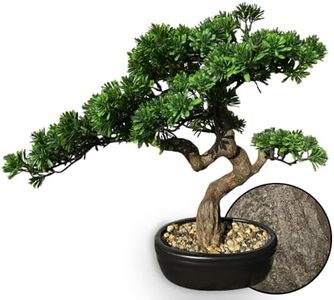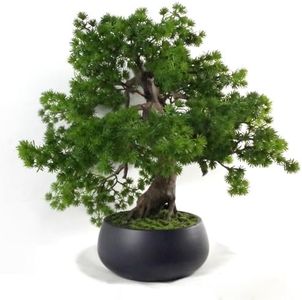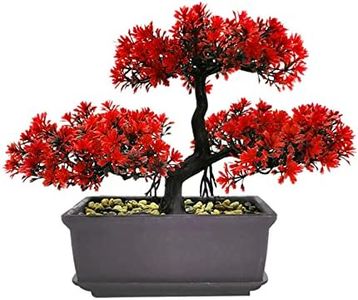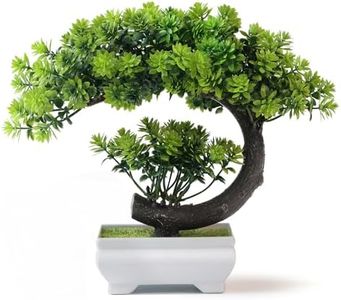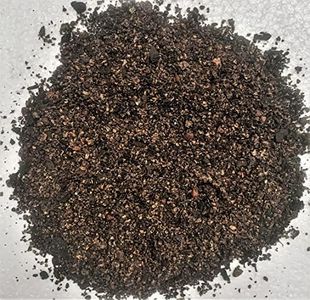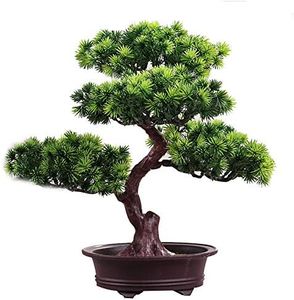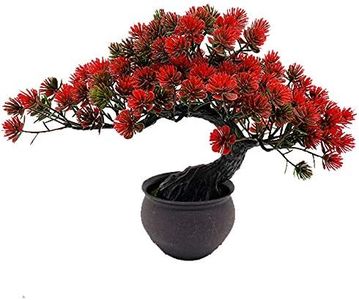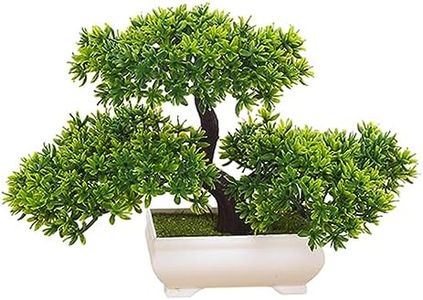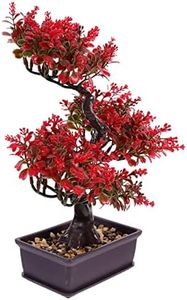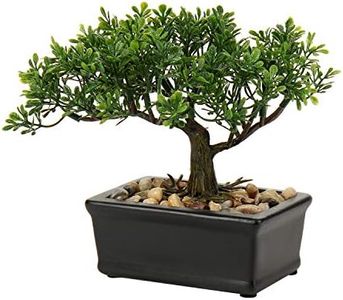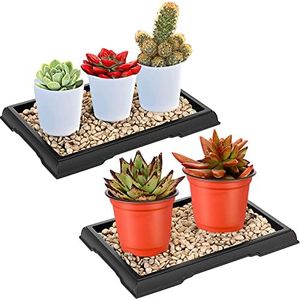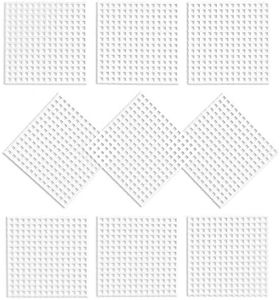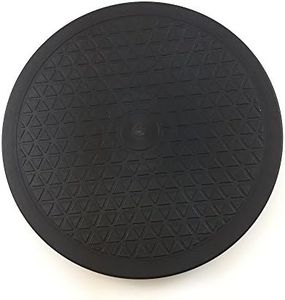We Use CookiesWe use cookies to enhance the security, performance,
functionality and for analytical and promotional activities. By continuing to browse this site you
are agreeing to our privacy policy
10 Best Bonsai Trees
From leading brands and best sellers available on the web.Buying Guide for the Best Bonsai Trees
Choosing a bonsai tree can be a deeply rewarding hobby, but it helps to approach your selection with some basic understanding of what’s involved. Bonsai are more than just small trees – they’re living art that requires attention, patience, and learning. When picking out a bonsai, it’s important to think about where you’ll keep it, how much time you can devote to care, your experience level, and the kind of look or species that appeals to you. Each bonsai has different requirements for light, water, and pruning, so aligning your choice with your lifestyle and environment will help ensure success and satisfaction.Species TypeSpecies type refers to the variety of tree or shrub that has been cultivated as a bonsai. This is crucial because different species have different needs for light, temperature, humidity, and care. Some popular species are easier for beginners, while others may be more demanding. Generally, indoor-friendly species—like ficus or jade—tolerate indoor conditions with less light, while outdoor species—like juniper or maple—require direct sunlight and exposure to the elements. To choose, consider whether you want to keep your bonsai indoors or outdoors and match your climate to the species’ natural preferences. Beginners usually find it best to start with hardy, forgiving species, while experienced enthusiasts might appreciate something more delicate.
SizeThe size of a bonsai is measured from the base of the trunk to the top of the tree. Bonsai can range from miniature and shohin styles that fit in your palm, to larger trees that can be over two feet tall. Smaller trees are charming and space-saving but require more frequent watering and delicate work, while larger trees are sturdier and sometimes easier to manage daily. Think about how much space you have available and how much hands-on care you’re interested in; if you want low maintenance, opt for medium or larger sizes, but if you love detailed work and have limited space, a smaller bonsai might suit you.
AgeThe age of a bonsai gives you an idea of how developed its appearance and structure are. Older bonsai tend to have more interesting trunk shapes and bark texture, which many find appealing, but they can be more expensive and sometimes require advanced care. Younger bonsai are more affordable and let you shape the tree over time but require more patience before developing the mature bonsai 'look.' For beginners or those who enjoy nurturing and training, younger bonsai can be very satisfying; if you want a display-ready, mature look immediately, consider an older tree.
Trunk and Root StyleThe trunk and root style refer to the visual shape and training of the bonsai’s main trunk and exposed roots. Styles include formal upright, informal upright, cascade, slanting, and more. Each style has a different aesthetic and may require varying care or display conditions. Some people prefer classic, upright styles for their simplicity, while others enjoy the drama of cascading or windswept trees. Your choice here is mostly about what you find visually appealing and matches the place you’ll display your bonsai.
Pot and Soil QualityThe pot and soil are essential for your bonsai's health. A proper bonsai pot isn't just decorative—it needs holes for drainage and enough room for healthy root growth. The soil should drain well and allow air to reach the roots, as compacted soil can lead to rot. Good soil helps the tree thrive and makes care easier. When choosing, check that the pot suits your tree in size and shape (it shouldn’t overpower or restrict the plant), and that the planting mix is loose and drains easily. If shopping in person, ask about the soil mix or look for recommendations tailored to your species.
Care RequirementsCare requirements include how much light, water, humidity, fertilizing, and pruning the species needs. Some bonsai need daily attention, while others are more forgiving if you miss a routine. Your lifestyle should guide your choice: If you travel a lot or have a hectic schedule, pick hardy species with simpler needs. If you enjoy gardening and want a hands-on project, a more delicate or demanding bonsai may be rewarding. Always read up on a species’ basic needs before committing.
